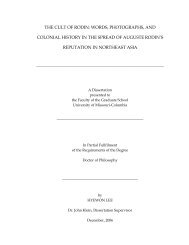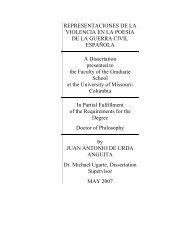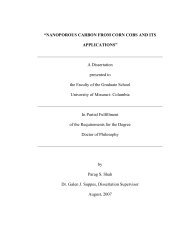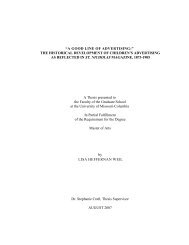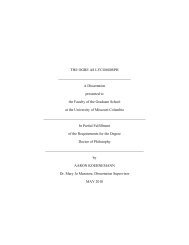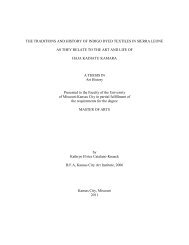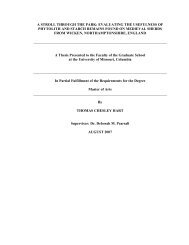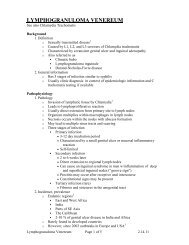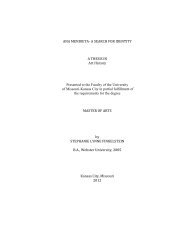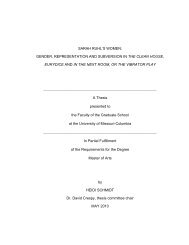Social Construction of Reality - Bad Request
Social Construction of Reality - Bad Request
Social Construction of Reality - Bad Request
Create successful ePaper yourself
Turn your PDF publications into a flip-book with our unique Google optimized e-Paper software.
The problem serving as impetus for this UFE was that The School District was<br />
unaccustomed to utilizing program evaluation in either the sense mandated by MSIP or in<br />
the sense <strong>of</strong> knowledge creation. Nonaka and Takeuchi (1995) assert that knowledge<br />
creation and, thus, organizational innovation, comes about in response to the pressure <strong>of</strong><br />
current or impending problems and/or organizational issues. Merriam (2001) explains<br />
that one <strong>of</strong> the five assumptions underlying adult learning is a need for a problem and a<br />
subsequent interest in immediate application <strong>of</strong> knowledge. Bruffee (1999) notes that the<br />
impetus for effective collaboration is <strong>of</strong>ten a group’s focus “on solving or dealing with a<br />
formidable problem” (p. 9). Preskill and Torres (1999) define evaluative inquiry, the<br />
workhorse <strong>of</strong> organizational knowledge creation, as “an ongoing process for investigating<br />
and understanding critical organizational issues” (p. 1). Preskill & Torres (1999) note the<br />
importance <strong>of</strong> intentional and contextual learning. They argue that such a paradigm<br />
“involves developing systems and structures that not only allow but also encourage<br />
organization members to learn and grow together- to develop ‘communities <strong>of</strong> practice’”<br />
(p. 14). Berger and Luckmann (1967) explain how the social construction <strong>of</strong> reality<br />
causes organizations to address and integrate problems. “Even the unproblematic sector<br />
<strong>of</strong> everyday reality is so only until further notice, that is until continuity is interrupted by<br />
the appearance <strong>of</strong> a problem. When this happens the reality <strong>of</strong> everyday life seeks to<br />
integrate the problematic sector into what is already unproblematic” (p. 24).<br />
Summary<br />
The No Child Left Behind Act <strong>of</strong> 2001 requires K-12 organizations to perform<br />
numerous program evaluations, despite the fact few <strong>of</strong> these organizations have the<br />
pr<strong>of</strong>essional capacity to support program evaluations beyond the minimum level required<br />
43



